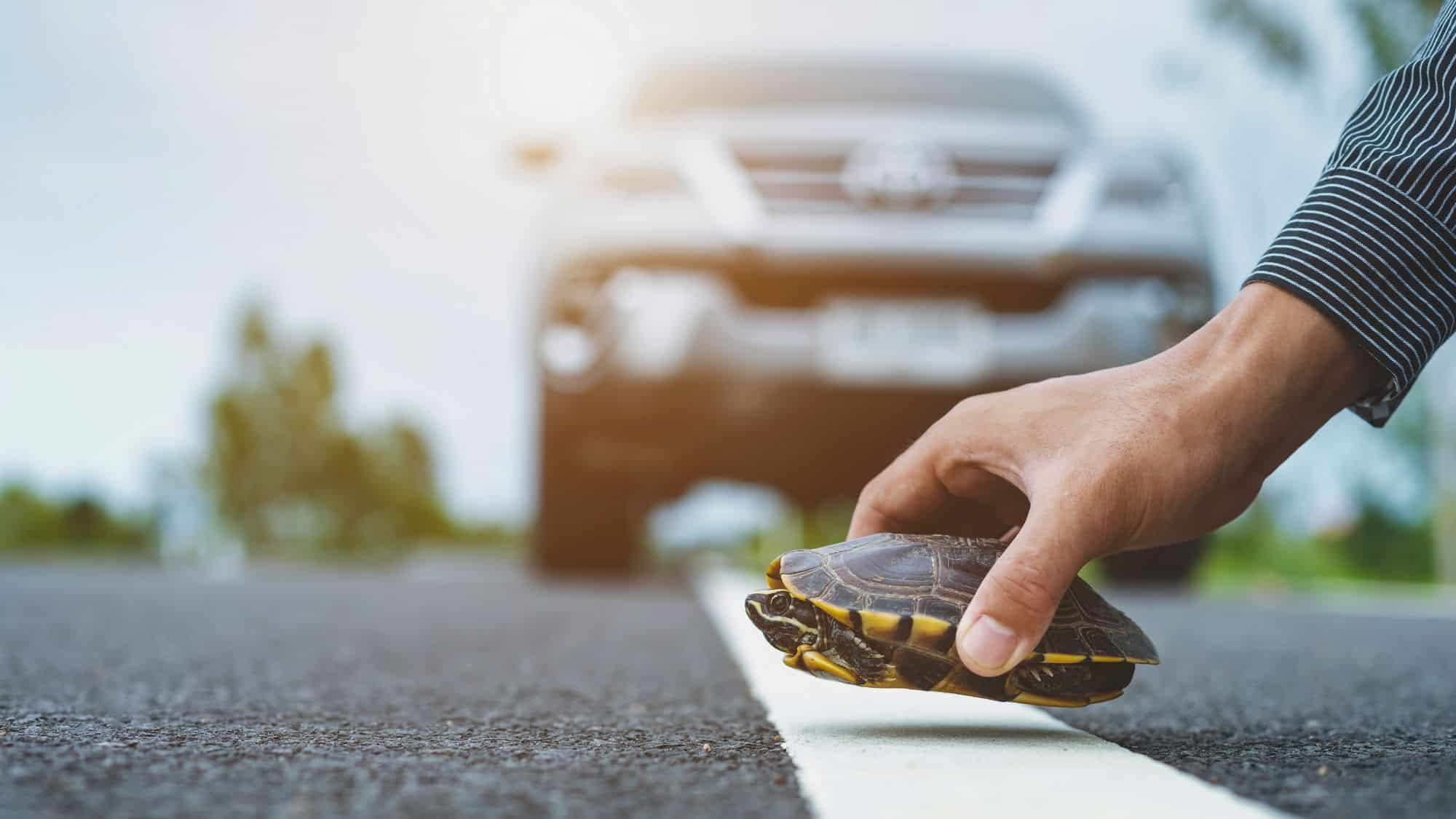The Secret Network Safeguarding Nature's Most Fragile Migrators

Engineering for Survival: How Wildlife Crossings Work and Why We Need Them
When we think about roads, we often imagine them as the arteries of civilization—connecting cities, towns, and even our favorite drive-thru spots. But for wildlife, these same roads can be dangerous obstacles that fragment habitats and disrupt natural migration patterns. The consequences are dire: animals face the risk of becoming roadkill, ecosystems become disconnected, and both humans and animals suffer from increased collisions.
However, a quiet revolution is underway in the form of wildlife crossings. These structures, designed to help animals safely navigate human infrastructure, are making a significant impact on conservation efforts. From overpasses covered in vegetation to underground tunnels, these crossings cater to a wide range of species, ensuring that even the smallest creatures have a safe path across busy highways.
The design of these crossings is highly specialized. For example, elk require broad, sturdy overpasses that can support their size and movement, while turtles and frogs benefit from smaller, more concealed underpasses. Whether an animal flies, walks, slithers, or hops, there is likely a crossing tailored to its needs.
The importance of these crossings cannot be overstated. In the United States alone, there are approximately two million large animal-vehicle collisions each year. These incidents result in billions of dollars in damages, hospitalizations, and vehicle repairs. To combat this, scientists study migratory routes and high-traffic areas to determine where wildlife crossings will have the most impact. Once a location is selected, fencing is installed to guide animals toward the crossings, and vegetation is added to create a comfortable environment for wildlife.
While the initial costs of building these crossings can be high, they offer long-term benefits. They save lives, reduce damage to vehicles, and lower insurance claims. Plus, the sight of a bear strolling across a bridge makes for compelling public relations and helps raise awareness about the importance of conservation.
North American Success Stories: U.S. and Canada
North America has made great strides in creating wildlife-friendly infrastructure. Banff National Park in Canada, for instance, boasts 44 wildlife crossings that have significantly reduced animal mortality and helped reconnect fragmented habitats. These crossings have become a model for other regions, proving that it's possible to balance human development with wildlife protection.
In California, the Wallis Annenberg Wildlife Crossing is set to become the largest of its kind in the world. Designed to help mountain lions cross busy freeways, this project represents a major step forward in wildlife conservation. Similar efforts are underway in Montana, where Highway 93 features underpasses and an animal detection system that alerts drivers when wildlife is nearby.
These initiatives have led to measurable results, including fewer wildlife-vehicle collisions, increased biodiversity, and a reduction in the number of animals killed on roads. However, challenges remain. Iconic national parks like the Grand Tetons and Yellowstone continue to see rising numbers of visitors, increasing the likelihood of dangerous encounters between humans and wildlife.
Recent incidents, such as the tragic death of bear 399 and the separation of bear 1063 and her cubs, highlight the need for more wildlife crossings. Could a well-placed overpass have prevented these tragedies? It's a question worth considering as we continue to expand our infrastructure.
Leading by Design: The Netherlands and Europe’s Wildlife Vision
The Netherlands has taken wildlife crossings to another level, creating what are known as ecoducts—wildlife bridges that are not only functional but also visually striking. One of the most famous examples is the Natuurbrug Zanderij Crailoo, which spans nearly a mile and connects fragmented forests. These green-covered structures serve as safe passageways for animals, allowing them to move freely without the threat of traffic.
With over 600 ecoducts built across the country, the Netherlands has set a global standard for wildlife-friendly infrastructure. Other European countries, including France, Germany, and Switzerland, have followed suit, recognizing the importance of protecting wildlife while accommodating human development.
These crossings are more than just practical solutions; they represent a shift in how we view our relationship with nature. By incorporating wildlife corridors into our transportation systems, we can create a safer, more sustainable future for both humans and animals.
As we continue to build and expand our road networks, it's essential to remember that we share the planet with countless other species. With thoughtful planning and investment, we can ensure that our infrastructure supports not just human progress, but also the survival of the natural world.
Post a Comment for "The Secret Network Safeguarding Nature's Most Fragile Migrators"
Post a Comment